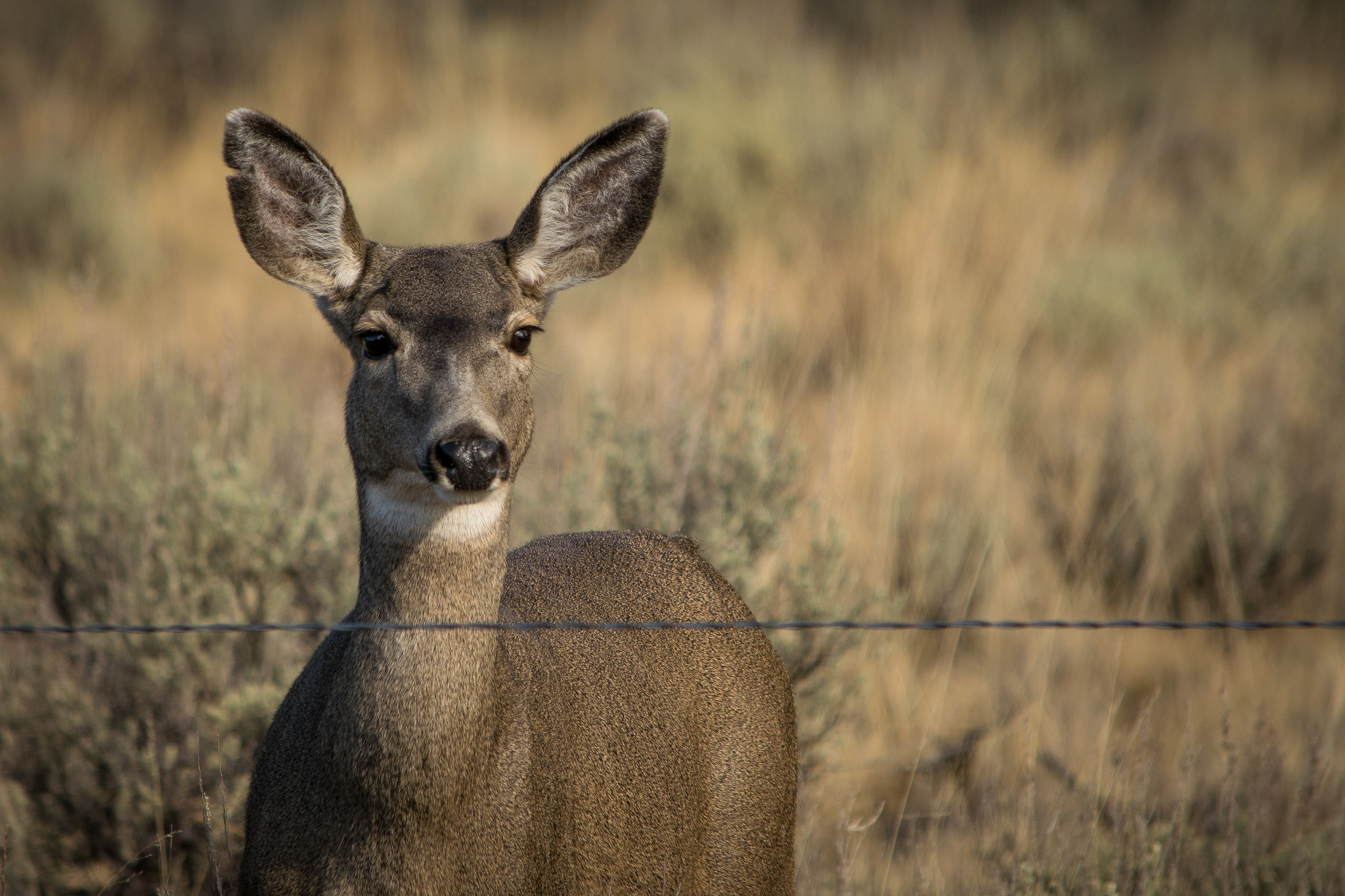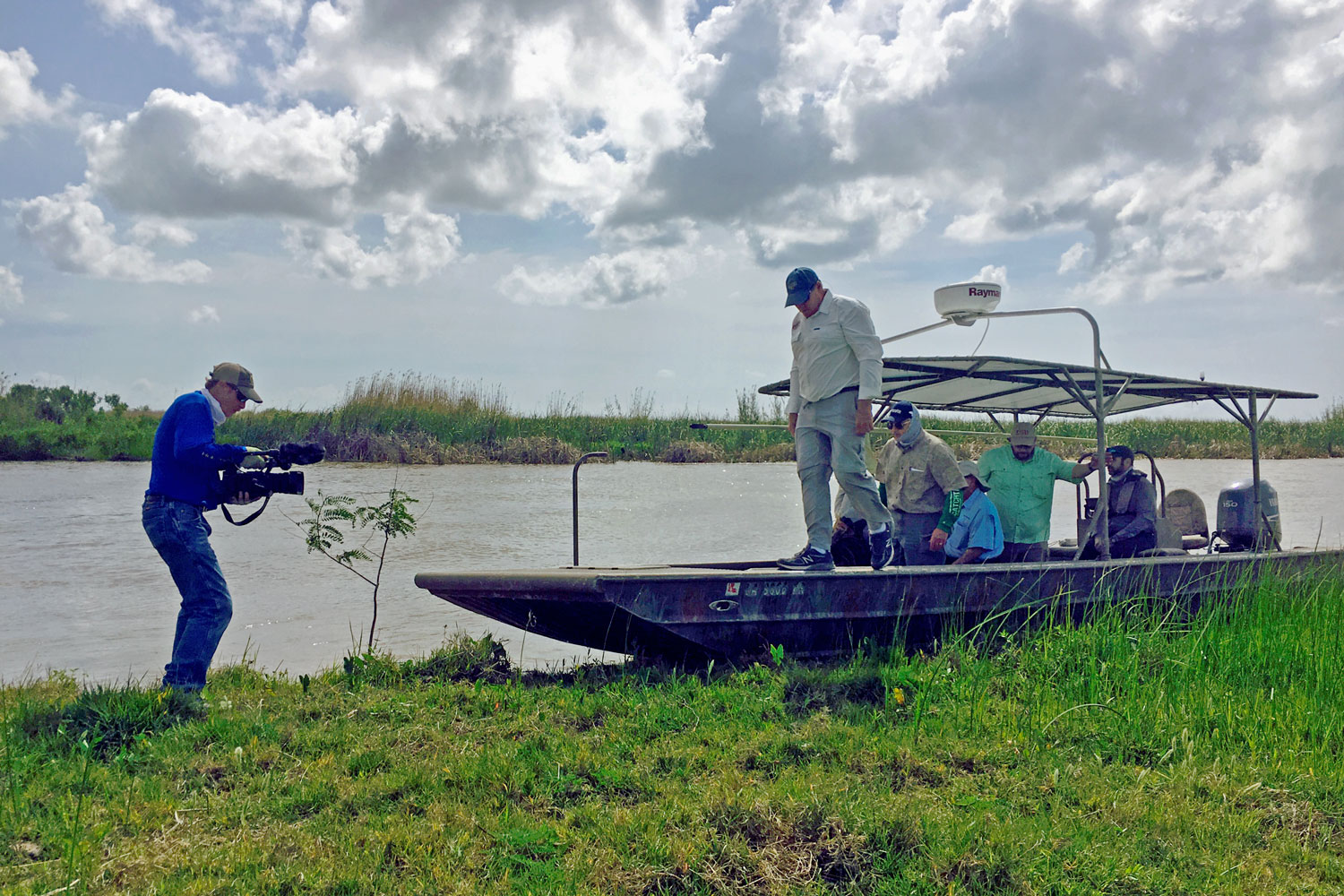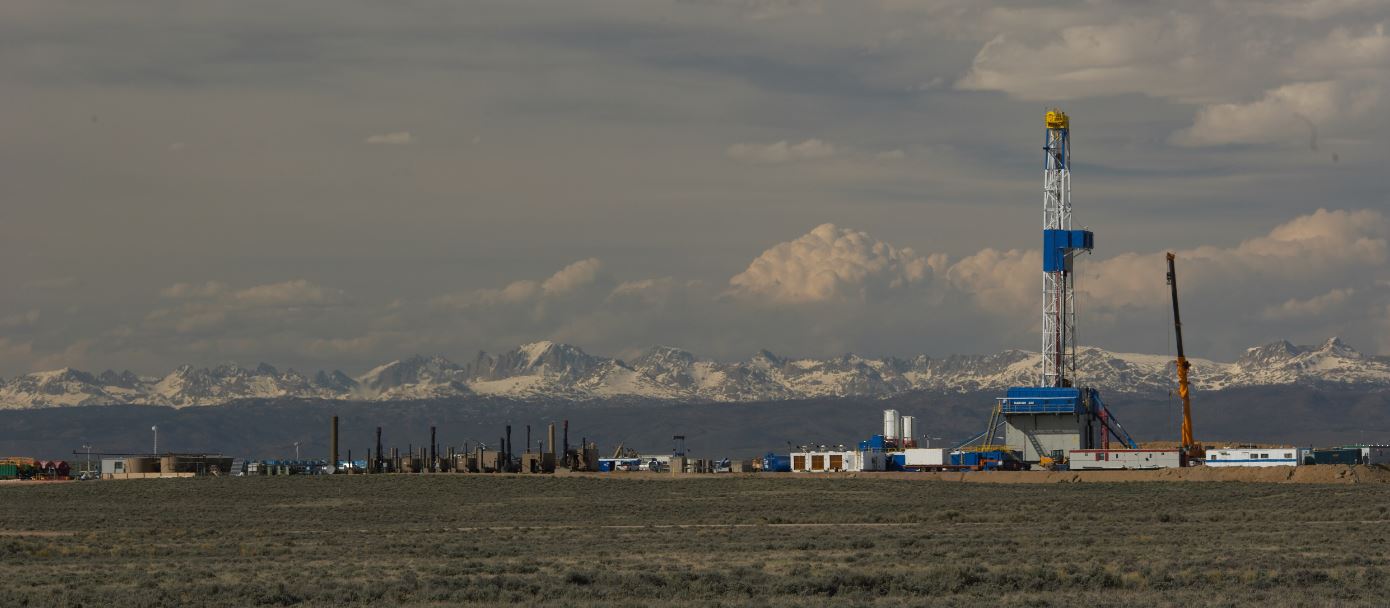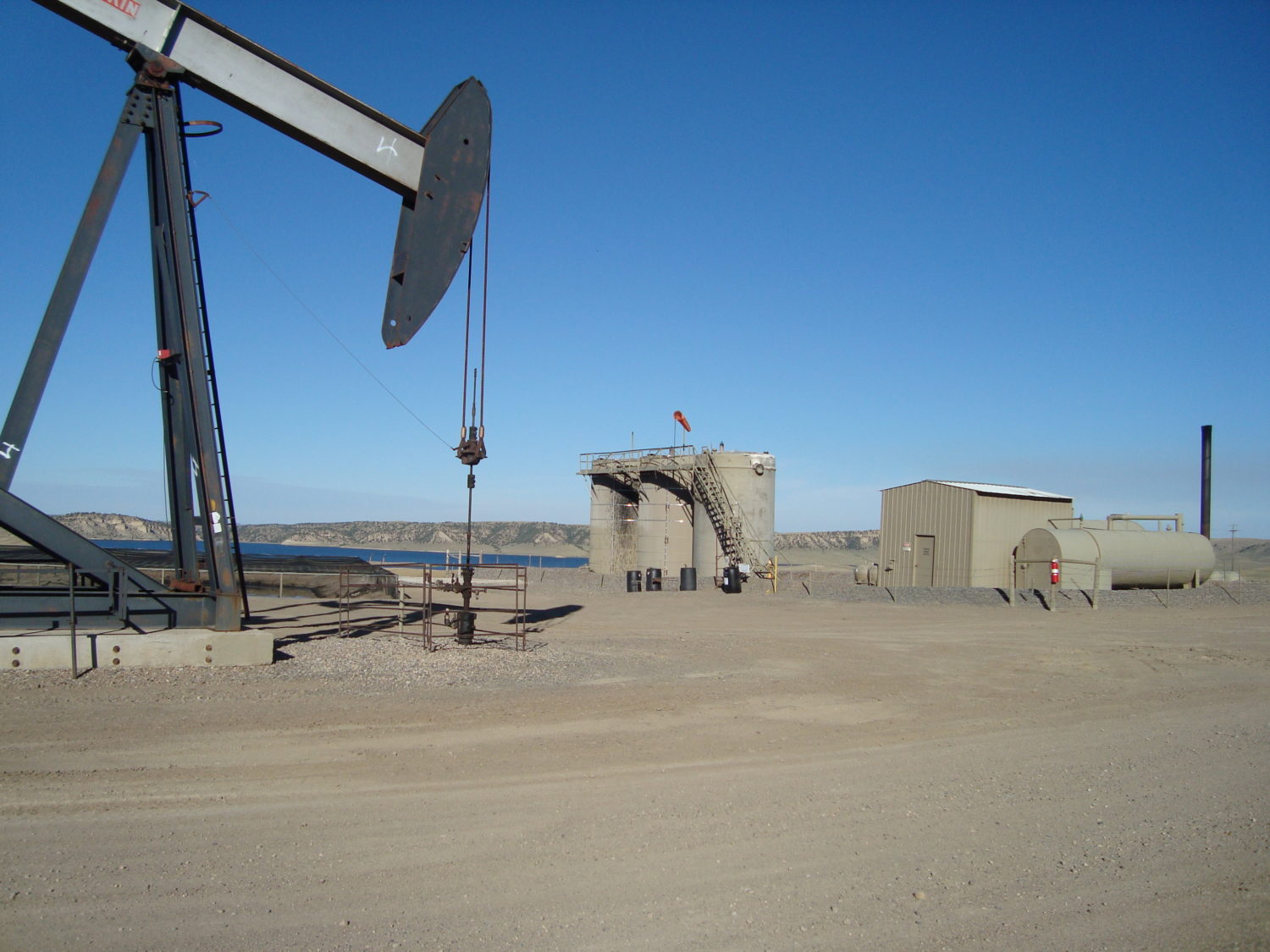After a winter spent traversing the West in search of green food, big game species are on their way back to your favorite hunting spots—if they can make it
As we shed our extra woolen layers, pull tarps from our boats, and head out to turkey blinds and our favorite fishing holes, big game species like mule deer and pronghorn antelope across the West are moving from their wintering grounds to summer ranges in massive annual migrations. Their ability to make the trip, survive the elements, navigate man-made barriers, and find enough food along the way dictates whether these critters will be around come opening day, but thousands of miles of migration corridors have been more of an afterthought in the conservation equation.
Here’s why this doesn’t add up.
Following the Food
Big game animals can live in some of the harshest and most remote areas in the West, but only if they can move freely across the landscape at key times of the year to access nutritious food. Each spring, these animals gradually move from their low-elevation wintering habitats toward summering areas to follow the “Green Wave”—the swaths of lush green grass and forbs emerging as the snow recedes. In the fall, these critters follow the same general path back, as snow covers their food and drives them lower and lower into wintering habitat.
Their ability to move across the landscape to find food is why the West has such large and flourishing herds of big game. But migration is tough on animals and many barriers can threaten their ability to move freely. Fences, highways, housing developments, and oil and gas development can change animal movement patterns or close off migration corridors altogether.
Big game animals need big landscapes. That’s why conserving all habitats they use—including their migration corridors—is vital for big game populations. It doesn’t matter how much work we put into maintaining or restoring mule deer summer range if critters starve, perish, or become unhealthy along the way. Therefore, conservation planning has to look at the big picture when it comes to balancing other uses of the land with the needs of migrating animals. This also means working with private landowners and public land managers to achieve the goals for migrating big game—great conservation work by a private landowner could be all for naught if adjacent public lands aren’t managed in a compatible way to meet those goals.

Filling the Data Gap
State wildlife agencies and their biologists know how important migration corridors are, yet only some have detailed information about where they exist. Worse yet, few agencies have any information on the threats these animals face along their journeys. This makes the conservation and management of big game animals difficult, at best.
In Wyoming last year, the Game and Fish Commission took some unprecedented steps to protect vital migration corridors by developing an assessment strategy to determine threats to animal movement and shape recommendations on necessary conservation actions. The first assessment of its kind was recently completed by biologists studying the Sublette mule deer herd as they migrated from the Red Desert to Hoback, Wyoming. It builds off prior work by the Wyoming Migration Initiative and field biologists who helped identified 11 segments of the 150-mile-long migration route these mule deer traverse each spring and fall. Once finalized, the new assessment and its recommendations should provide a roadmap for conserving this particular migration corridor.
Big game animals need big landscapes, and securing migration corridors is vital for their survival. Click To TweetBalance in an Uncertain Era
Both President Trump and Secretary Zinke have pledged to follow the legacy of Theodore Roosevelt, and we remain hopeful that both will do great things for wildlife during their tenure in office. A good first step would be to carefully examine what’s working and what’s not, rather than roll back previous policies and actions that could enhance wildlife habitat, protect migration corridors, and properly mitigate the unavoidable impacts of development. And Executive Orders could just as easily be used to do positive things for fish, wildlife, and overlooked habitat in areas where outdoor recreation jobs are just as critical as energy jobs. (Take a look at where outdoor recreation stacks up with other industries in the Outdoor Industry Association’s most recent report, and you’ll see why we have a mandate to balance all the many demands on America’s public lands and waters.)
We don’t yet know how conservation will be affected in the coming months and years, but the TRCP has always believed that energy development, responsible grazing, and the many other vital uses of our public lands can be balanced with the needs of fish, wildlife, and sportsmen and women. One thing we do know is that we don’t want to be migrating out to our favorite hunting spots only to wait for mule deer or pronghorns that never show.









I never really thought about the migration routes. Thank you for the thought!
Please follow through and make a positive impact on the migratory corridors of ALL animals in the United States.
Thank you,
Kian Daniel
This is an issue that we in the West have been trying to emphasize for decades. People love the big animals at the National Parks and Monuments, but fail to realize that they do not stay there year long. We need a public education program then we can educate the government bodies.
Public-private collaboration is key! In Oklahoma only 3% of the land is public(wish it was more), but the public-private partnership is strong and most landowners are conservation minded. Pasture Rotation, No-till, legal pesticides and herbicides and crop rotation are crucial to preserve our soil, water and wildlife as well as protecting our land and wildlife.
These animals must be considered at the local planning level, when “civilization” encroaches on their need to move to survive..As well as underpass or overpasses to ensure their ability to navigate busy highways. We must all give a little so they can survive.
Winter range habitat restoration is crucial for the survival of these herds. The number one reason for population decline is winter range habitat fragmentation and degradation.
Continued mass immigration will be demise of these migration routes. Studies show that 70% of urban sprawl is due to population growth which 80% of it is driven by immigration. Call on President Trump to lower immigration, protect public lands and fund wildlife habitat improvements.